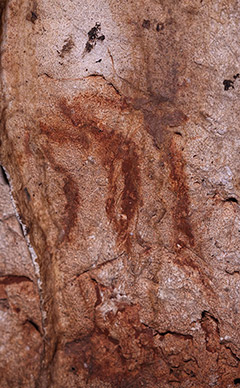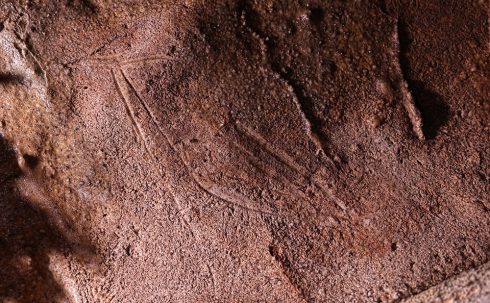ARCHAEOLOGISTS have made a momentous discovery at Valencia’s Cova Dones caves, unearthing over 100 ancient paintings and engravings believed to be at least 24,000 years old.
This remarkable find is considered one of the most significant Palaeolithic cave art sites in Europe.

While Cova Dones has long been known to locals and frequented by hikers and explorers, the Palaeolithic paintings remained unnoticed until researchers from the universities of Zaragoza, Alicante, and Southampton studied the cave system.
Dr Aitor Ruiz-Redondo, Senior Lecturer of Prehistory at the University of Zaragoza, remarked: “When we saw the first painted auroch (wild bull) we immediately realised it was important.

“However, the actual shock of realising its significance came long after the first discovery. Once we began the proper systematic survey we realised we were facing a major cave art site, like the ones that can be found elsewhere in Cantabrian Spain, southern France or Andalucia, but that totally lack in this territory.”
The study identifies 19 different types of animals, including hinds, horses, aurochs, and deer.

Ruiz-Redondo explained: “Animals and signs were depicted simply by dragging the fingers and palms covered with clay on the walls. The humid environment of the cave did the rest: the ‘paintings’ dried quite slowly, preventing parts of the clay from falling rapidly, while other parts were covered by calcite layers, which preserved them until today.”
READ MORE:


